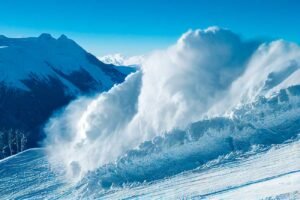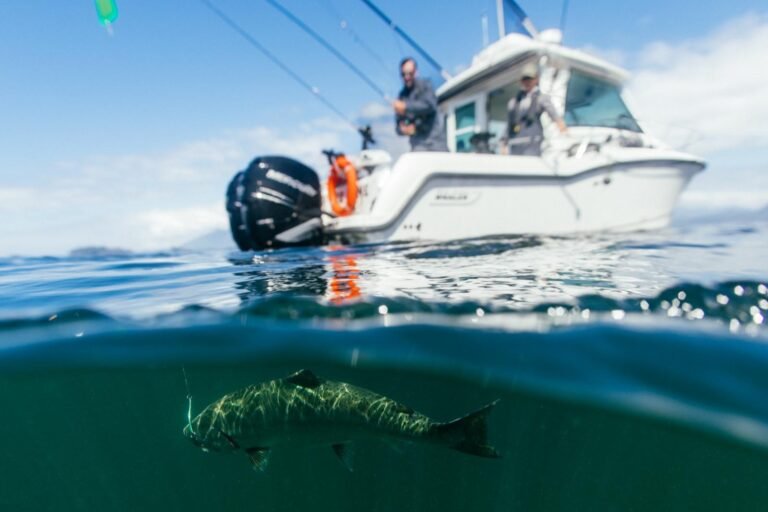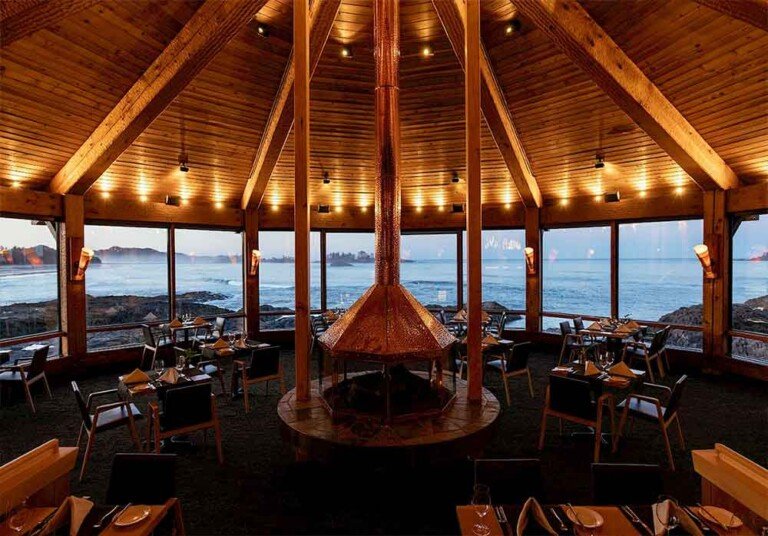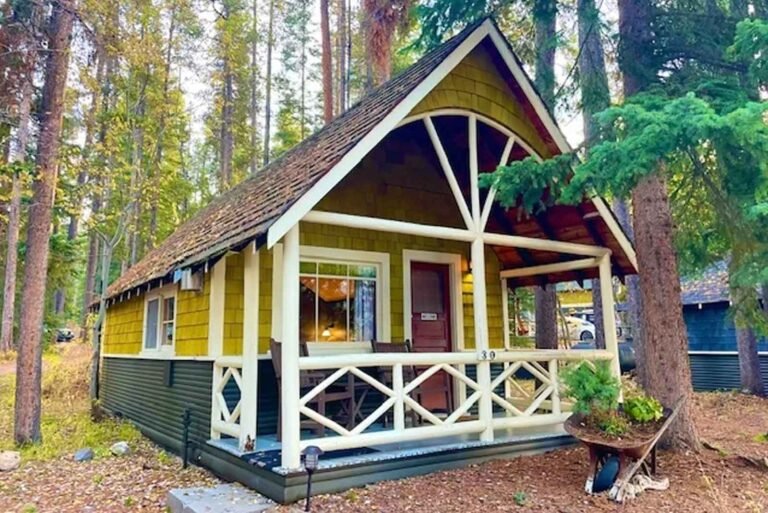Snow Avalanches
Thousands of snow avalanches occur each year in British Columbia. Our provincial highways routed through mountain passes are very susceptible to this safety hazard.
At the Ministry of Transportation and Highways, Snow Avalanche Programs staff work hard to ensure that motorists can rely on a safe provincial transportation system during the winter months.
Approximately 1,200 kilometres of provincial roads are prone to the danger of avalanches in 60 hazardous areas, including Kootenay Pass, Bear Pass, the Trans Canada Highway near Revelstoke, Allison Pass, the Fraser Canyon, the Coquihalla, Duffey Lake Road and Highway 16 between Terrace and Prince Rupert. Each year, more than 2,000 natural and/or controlled avalanches are recorded either above or on provincial highways throughout B.C.
Natural avalanches are triggered when the bonds that hold the snowpack together break from additional stresses created by factors such as rain, wind, rising temperatures and/or the weight of new snow. While it is difficult to predict exactly when or where an avalanche will occur, detailed monitoring and investigation of the snowpack, weather conditions and past avalanche occurrences can provide enough information to forecast avalanche cycles.
Snow avalanches: During winter months, snow avalanche technicians maintain a constant watch over weather and snowpack conditions – Snow Avalanche Programs. If they determine that avalanches may occur which could block a highway or threaten safety, the highway is closed. During these closures, the avalanche technician will either allow the avalanches to occur naturally or use explosives to artificially trigger the avalanches.
The most common methods employed by the ministry are artillery and explosives charges dropped by helicopters. In addition to these traditional methods of avalanche control, the ministry has recently installed an avalanche control system known as Gaz-Ex. This system allows an avalanche technician to release and detonate an explosive mixture of oxygen and propane by radio telemetry to an exploder. The exploders are located at predetermined sites which are prone to avalanches. Currently, the ministry has 12 exploders in Kootenay Pass and 2 in Duffey Lake.
The ministry’s avalanche technicians are highly trained in avalanche forecasting and avalanche safety. They constantly assess weather and snowpack conditions to determine the avalanche hazard. Ensuring public safety sometimes requires that a road be closed. To better forecast avalanches, the ministry has developed a network of manual and automated weather stations. These stations provide avalanche technicians with up-to-date weather and snowpack observations. These observations help avalanche technicians determine the risk to the highway.
Snow avalanches: What You Can Do to Ensure Your Safety
- Observe the sign “Avalanche Area-Do Not Stop.” Drive carefully in avalanche areas. Avalanches may reach the highway without warning.
- Obey road closures. The avalanche hazard is high and avalanche control work by explosives may be carried out at any time.
- If an avalanche blocks the highway, remain in your vehicle with seat belts on and await assistance. It is easier to find a car in the snow than it is to find a person. Try to drive to a safe area if possible. Do not attempt to drive through small avalanches.
- Be aware of the possibility of road closures. When travelling through avalanche areas, allow extra time to reach your destination.
- If your winter travel involves backcountry recreation in Western Canada (such as ski touring, snowmobiling, ice climbing, snow boarding and snowshoeing) please contact the Canadian Avalanche Association.
If you are trapped in an avalanche, the most critical advice is to create an air pocket around your mouth and nose to help you breathe and increase your chances of survival. Here’s what you should do:
1. **Swim and stay on top**: As the avalanche carries you, try to stay on top by using a swimming motion. This can help you remain closer to the surface.
2. **Create an air pocket**: Once the avalanche starts to slow down, use your hands or arms to create space in front of your face. This will help you breathe if you’re buried.
3. **Stay calm**: Try to stay calm to conserve oxygen. Panicking can lead to rapid breathing, which depletes your oxygen supply faster.
4. **Raise an arm**: If possible, try to raise an arm above the surface to increase the chances of being seen by rescuers.
5. **Conserve energy**: After the avalanche stops, don’t waste energy trying to dig yourself out. Wait for rescuers while conserving your energy and oxygen.
For more detailed information and additional safety tips, you can refer to the sources below:
– [Avalanche Safety and Preparedness – REI](https://www.rei.com/learn/expert-advice/avalanche-safety.html)
– [Avalanche.org – What to Do If You’re Caught in an Avalanche](https://avalanche.org/avalanche-education/what-to-do-if-caught/)
– [Backpacker – How to Survive an Avalanche](https://www.backpacker.com/survival/how-to-survive-an-avalanche/)








